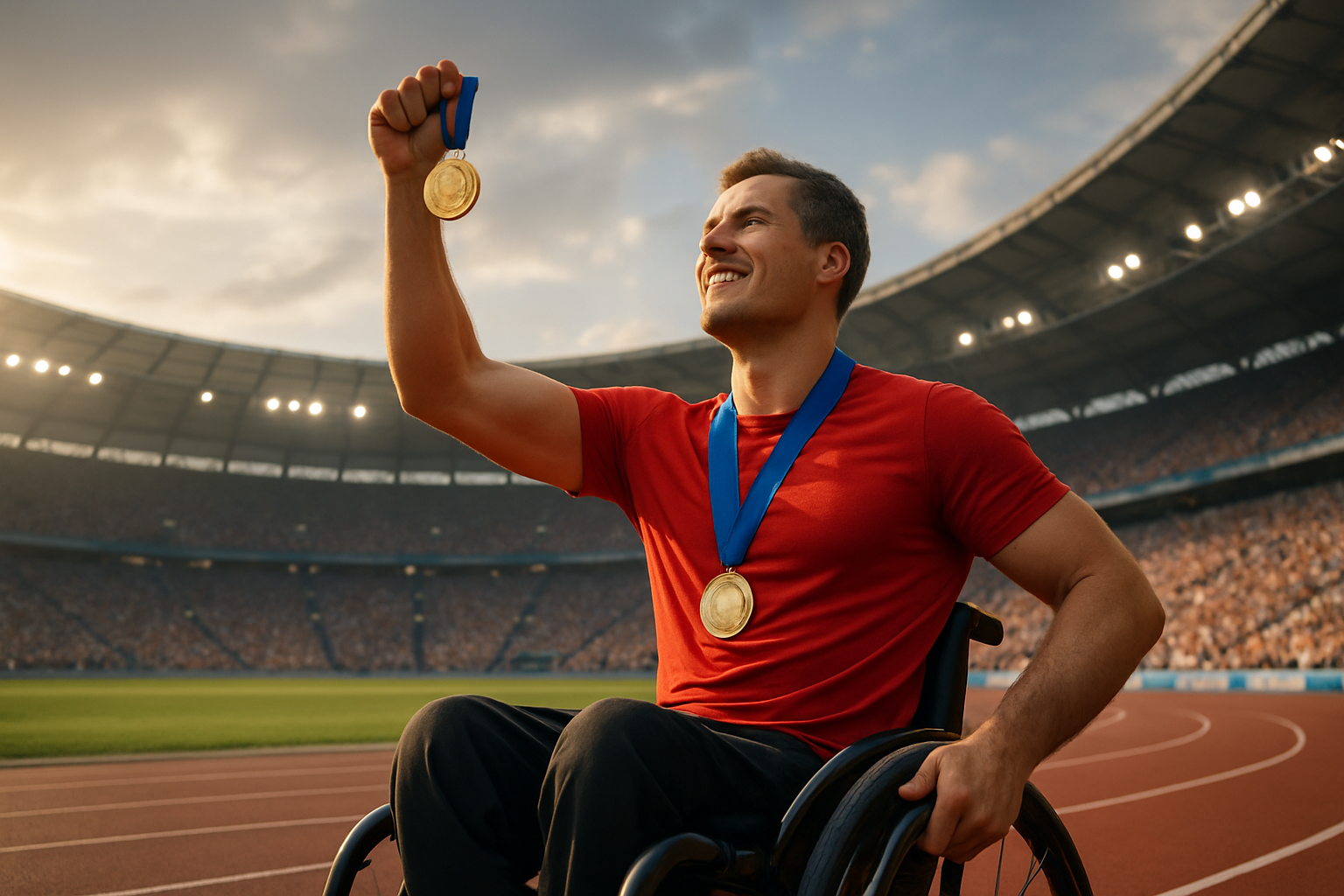Breaking Barriers: The Journey of Para-Athletes in Mainstream Sports
Beneath the floodlights and the chorus of cheers, a new breed of athletes is rising. These are the para-athletes, individuals who are pushing the boundaries of what's possible, challenging perceptions, and redefining the landscape of mainstream sports. This article dives into the journey of these incredible athletes, their victories, struggles, and the evolving dynamics of inclusion in sports.

Unveiling the History: A Fight for Recognition
The history of para-athletes in mainstream sports is a narrative of resilience. It began with World War II veterans who refused to be defined by their physical disabilities. Their determination led to the birth of the Paralympics in 1960, marking a significant milestone in sports history. Yet, the integration of para-athletes into mainstream sports was a long and arduous journey. It was not until the 21st century that we saw a significant shift, with the inclusion of Oscar Pistorius, a double amputee sprinter, in the 2012 Summer Olympics.
Current Trends: A Paradigm Shift in Perception
The perception of para-athletes has been gradually changing. Today’s society is more open to viewing these athletes for their abilities rather than their disabilities. This change has been driven in part by the media’s increased coverage of para athletes and their achievements. The growing presence of para-athletes in mainstream sports is not just a testament to their determination, but also a reflection of the changing societal norms that support diversity and inclusion.
Breaking Down Barriers: Benefits and Challenges
Including para-athletes in mainstream sports has numerous benefits. It fosters inclusivity, inspires others with physical disabilities, and challenges societal stereotypes. However, it is not devoid of challenges. From accessibility issues to training adaptation and societal acceptance, para-athletes often have to overcome numerous hurdles. Yet, their presence in mainstream sports is reshaping the sports world, prompting changes to facilitate greater inclusivity.
The Reality Check: Real-World Applications
The integration of para-athletes in mainstream sports has real-world implications. It promotes sports as a platform for inclusivity and equality, challenging societal norms, and breaking down stereotypes. Moreover, it is not just about the athletes but about creating a more inclusive society that embraces diversity in all its forms.
In conclusion, the journey of para-athletes in mainstream sports is a testament to human resilience and the power of sports as a platform for change. As we continue to support and celebrate these athletes, we also bear witness to the evolving landscape of sports, characterized by inclusivity, diversity, and equality.





